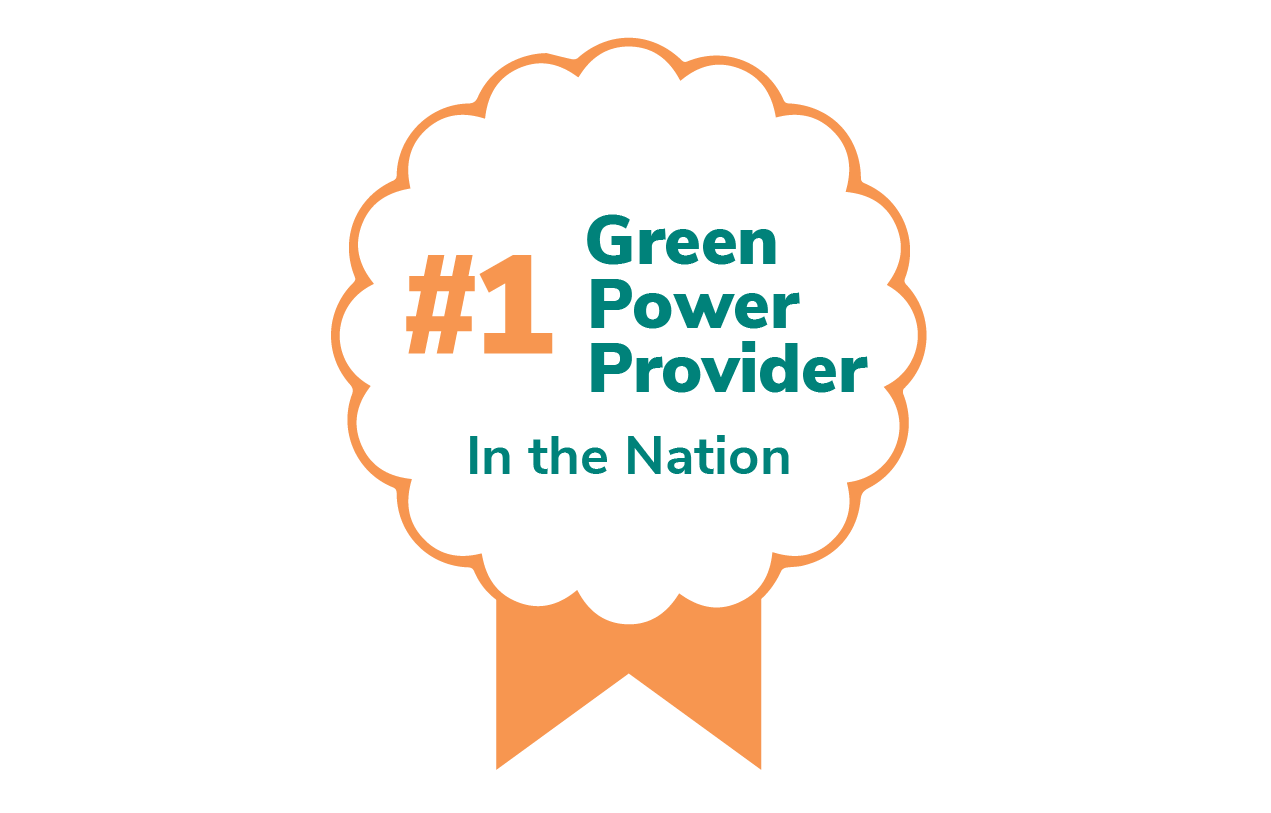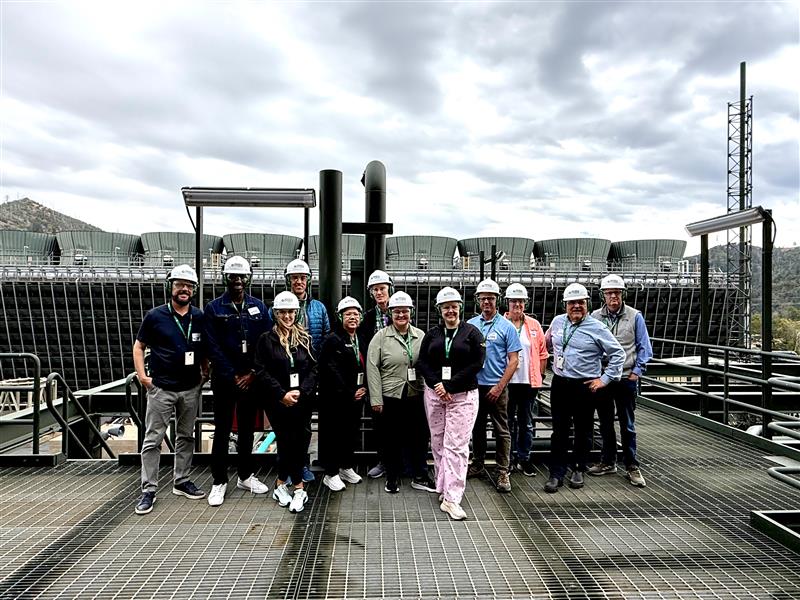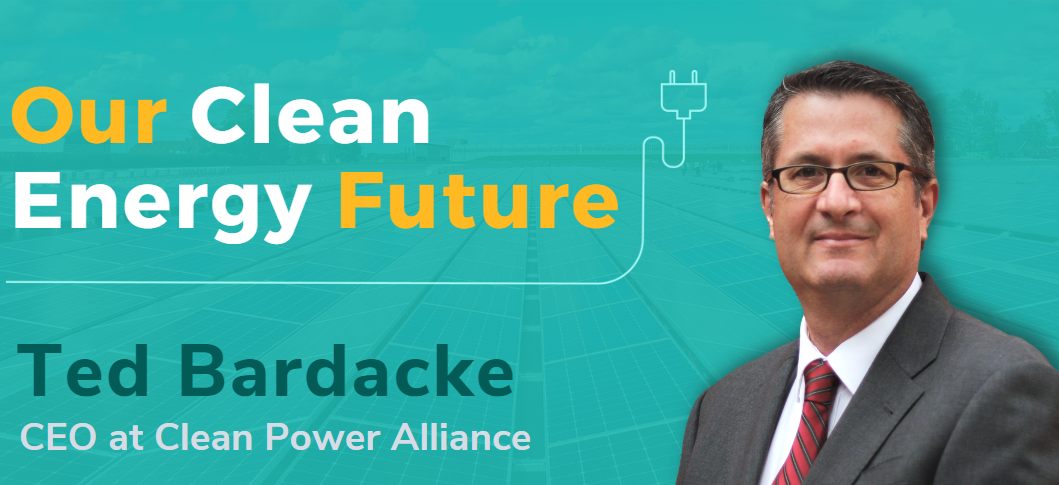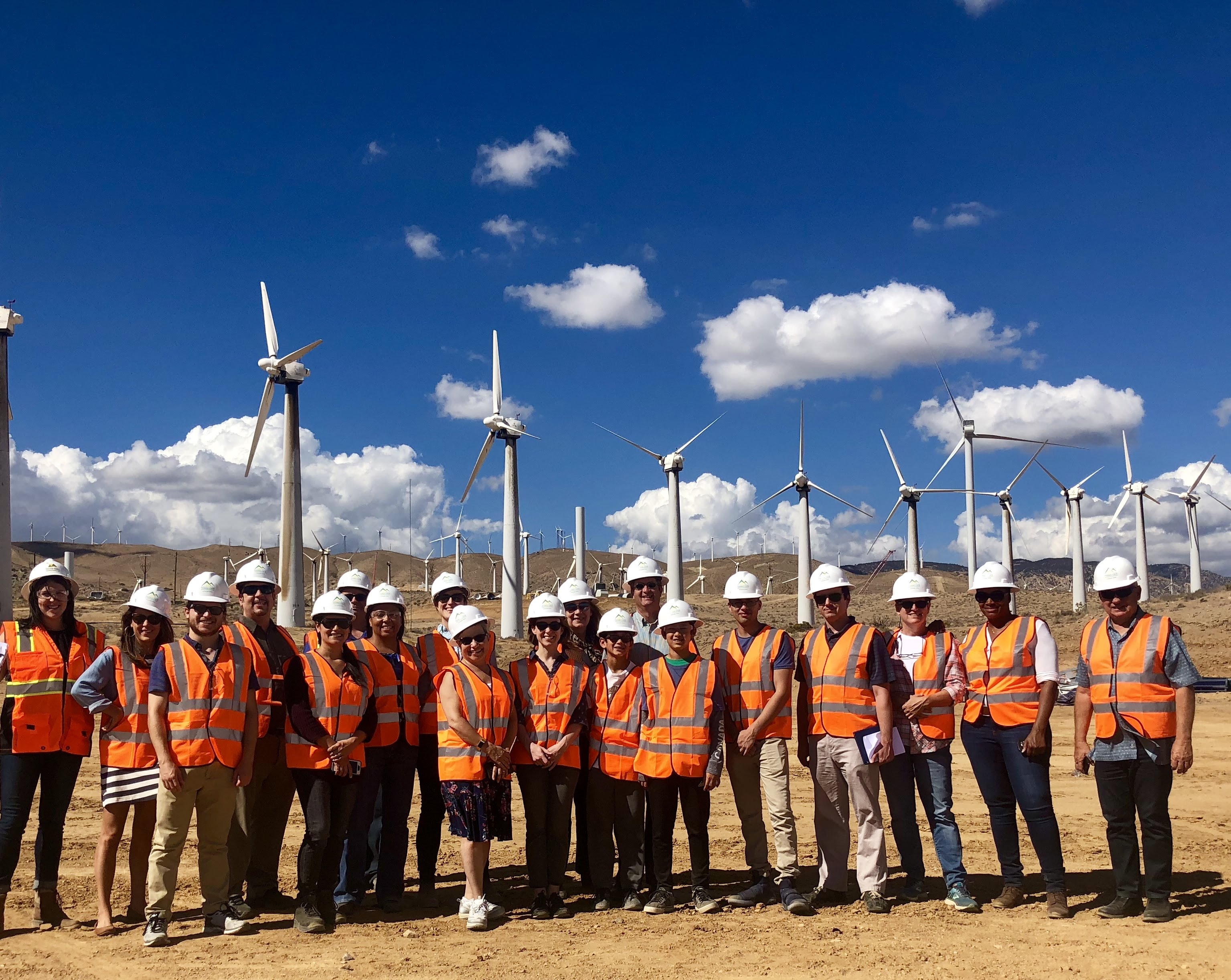The Geysers— the largest geothermal electrical power complex in the world, is located in the Mayacamas mountains north of San Francisco, spanning 45 square miles across Sonoma, Lake, and Mendocino counties. This vast geothermal field, with 13 geothermal plants representing approximately 725 MW of electrical generation capacity, has been a cornerstone of renewable energy production for over half a century to generate clean, renewable energy.
The facility has not been expanded for decades, but now Clean Power Alliance (CPA) is leading the charge to add 25 MW of new capacity, which will supply enough energy to power 34,000 homes annually. In 2022, both the Geysers and City of Heber geothermal facilities began providing renewable energy to CPA customers, helping CPA to achieve an overall energy portfolio that is 75% renewable energy.
“Geothermal is a rare but vital energy resource in California,” said CPA Vice President of Power Supply Lindsay Descagnia, who recently toured the Geysers site with other CPA staff. “It’s an important part of CPA’s portfolio. As a zero emissions resource, geothermal can deliver steady, around-the-clock electricity, making it an essential component of a resilient and reliable energy grid. Resources like The Geysers play a crucial role in meeting California’s reliability standards, thanks to geothermal’s consistent baseload generation—recognized as among the most valuable under the California Public Utilities Commission’s ‘slice-of-day’ Resource Adequacy program.”
At its peak, The Geysers generated nearly 2,000 MW of power—enough to supply electricity to hundreds of thousands of homes across California. The complex still contributes to a significant portion of the state’s renewable energy, playing a vital role in meeting California’s clean energy and climate goals.
Geothermal power harnesses the natural heat stored beneath the Earth’s surface to produce clean electricity. Deep underground; reservoirs of hot water and steam are accessed by drilling wells. Steam is brought to the surface to spin turbines connected to generators, producing electricity without burning fossil fuels. Afterward, the cooled water is returned underground to maintain pressure and sustain the resource.
In addition, recycled wastewater from nearby communities is used to help replenish the wells. Because the Earth’s internal heat is constant, geothermal power provides a reliable, around-the-clock source of renewable energy with minimal emissions.
Geothermal energy is also used for heating and cooling through systems known as geothermal heat pumps. Beneath the planet’s surface, the ground maintains a relatively stable temperature year-round—warmer than the air in winter and cooler than the air in summer. Ground-source heat pumps (GHPs) leverage this consistent subsurface temperature by transferring heat to and from the earth through a ground heat exchanger. Acting as a natural thermal reservoir, the ground allows GHPs to absorb excess heat during the summer and release stored heat during the winter. This process improves overall efficiency and reduces the energy needed to heat and cool homes.
By efficiently utilizing the Earth’s natural thermal energy, geothermal systems offer a sustainable, low-emission alternative to conventional heating, cooling, and electricity generation—enhancing energy security and protecting the environment.
By efficiently utilizing the Earth’s natural thermal energy, geothermal systems offer a sustainable, low-emission alternative to conventional heating, cooling, and electricity generation—enhancing energy security and protecting the environment.
To learn more about CPA’s power sources, visit cleanpoweralliance.org/powersources.
The CPA team recently visited The Geysers geothermal complex. View the video below to learn more:




